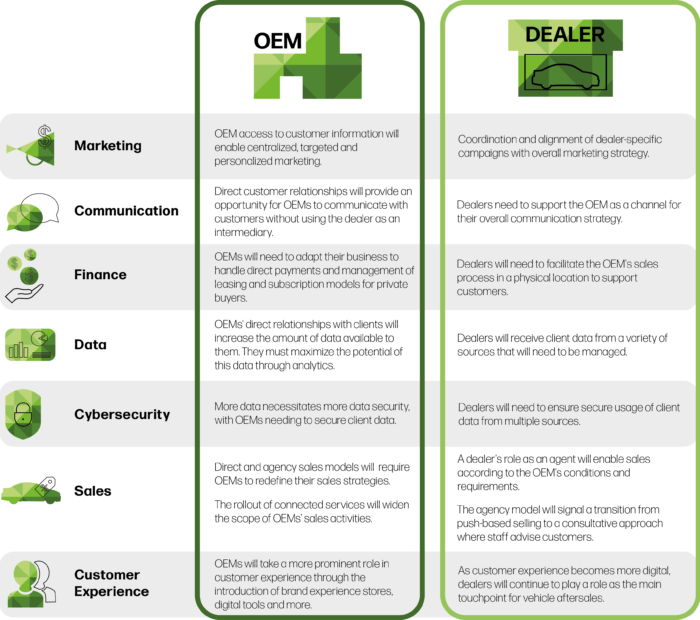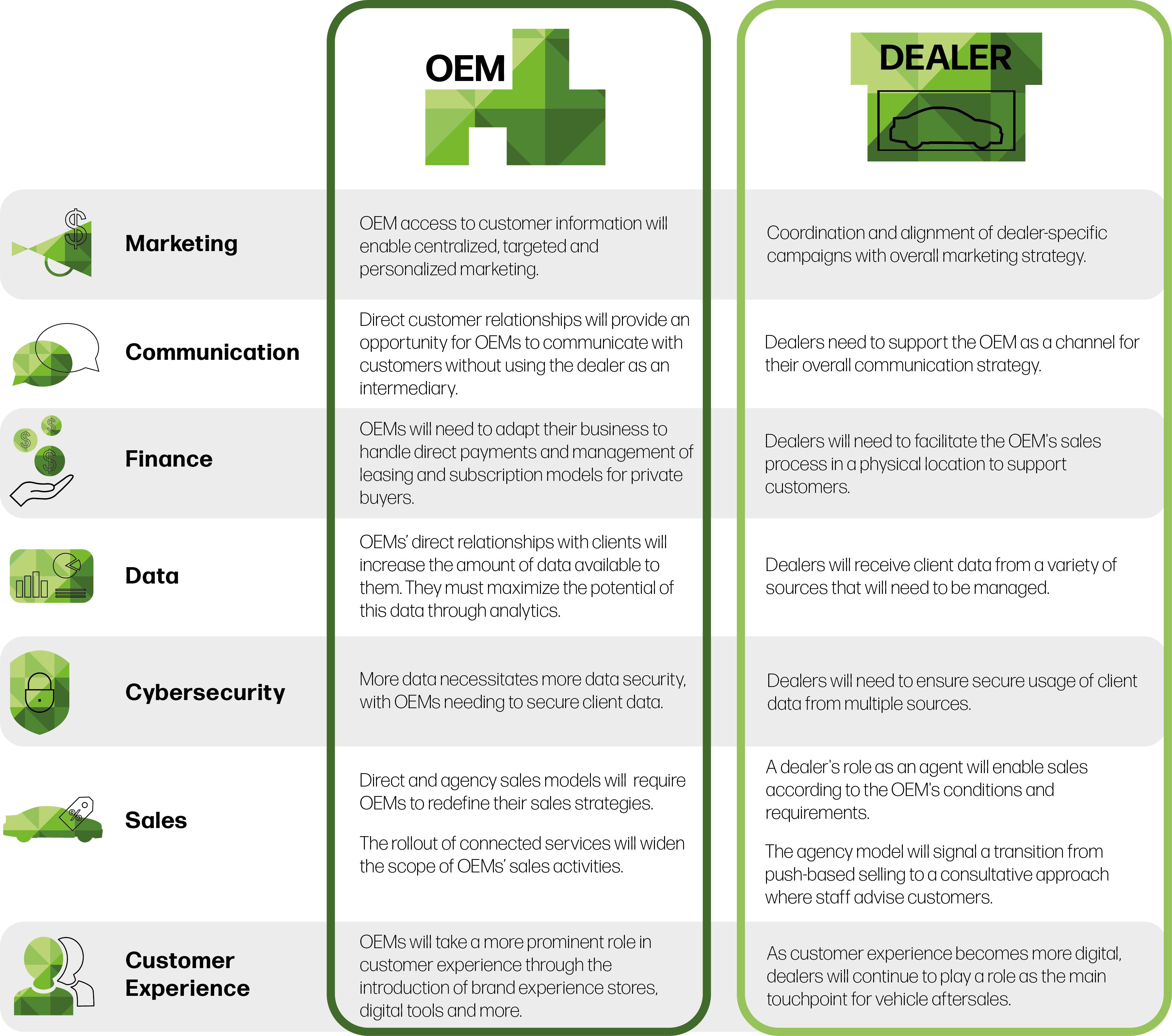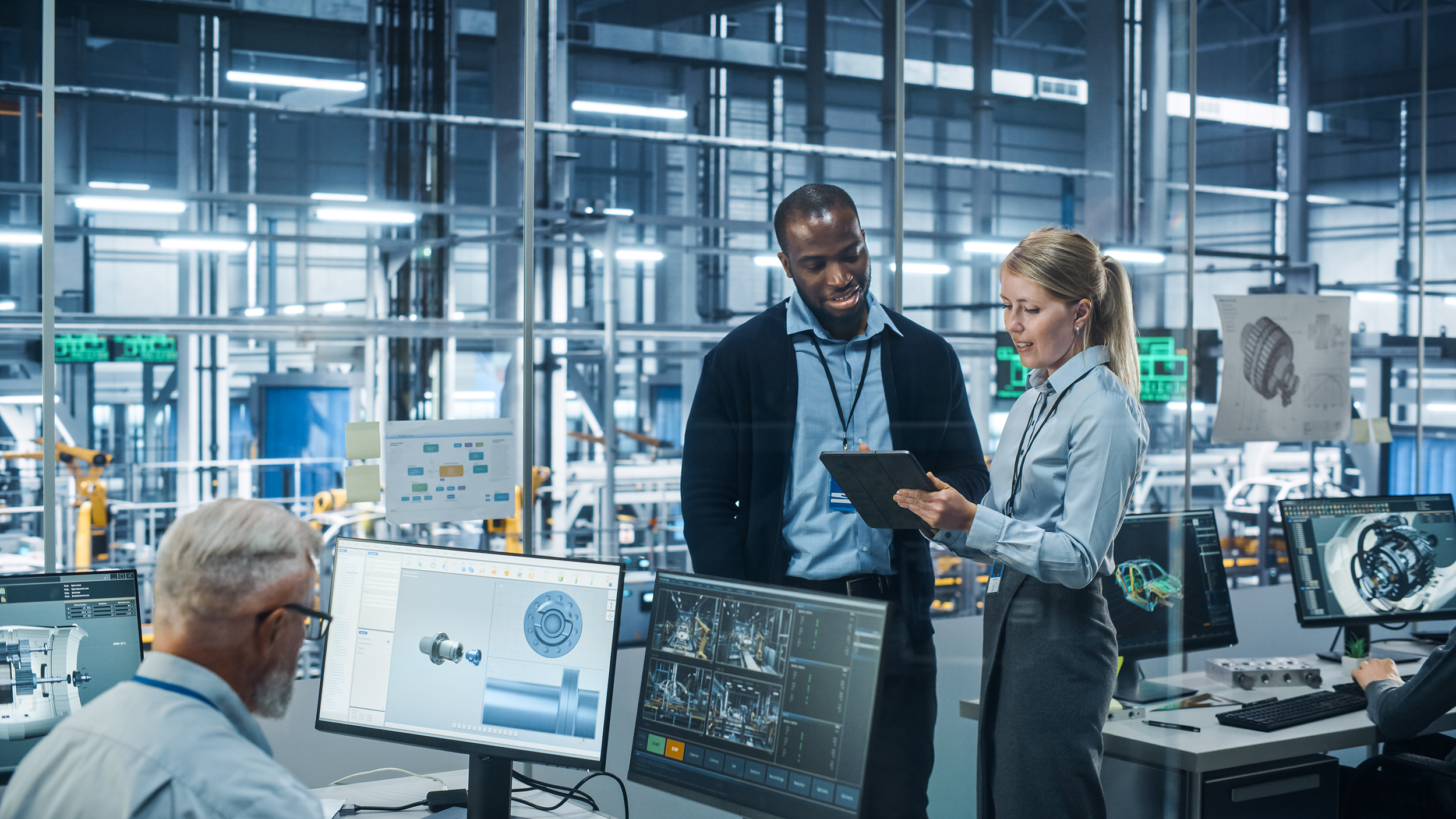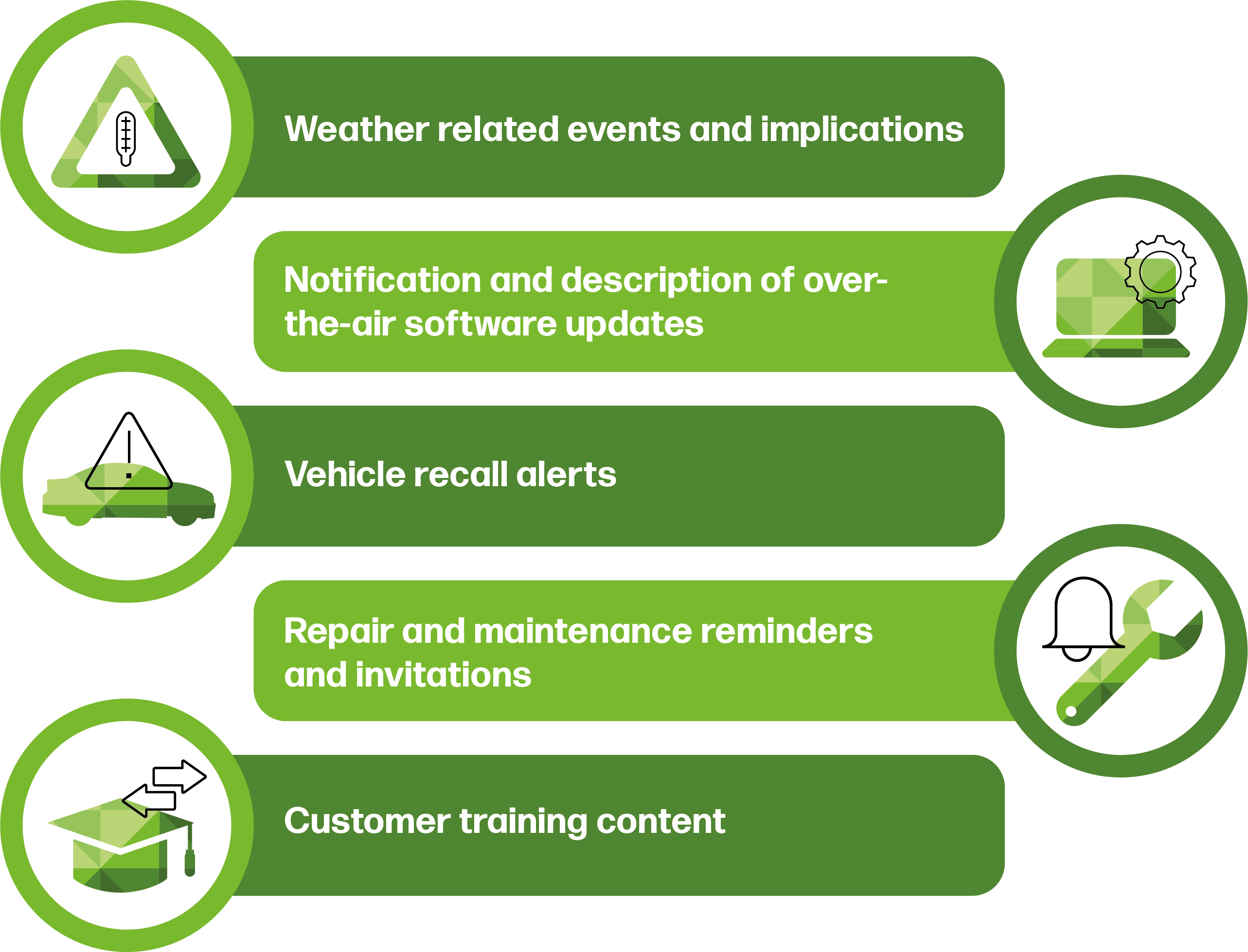
Customer training: The transfer of responsibility from the dealership to the OEM

Once relied upon as the primary communication channel between the brand and the customer, the rapidly changing dealership business model places the OEM in unchartered water. The rise in agency models and new transactional platforms is encouraging customers to change the way they shop, purchase, maintain, and interact with their vehicles, shifting them further away from the dealership experience.
Also driving change for the OEMs are those countries introducing legislation banning internal combustion engine (ICE) vehicle sales. It is safe to assume that before long customers without specific interest in electric vehicles (EVs) will own one because it’s the only kind of new car they can buy. These new business models, along with the shift towards electrification, are placing new customer experience responsibilities on OEMs whose ability to rely on dedicated dealership networks is diminishing.
“By anticipating the individual’s need and by giving them the information or tools to solve their problem, OEMs can deliver helpful learning experiences and memorable brand interactions.”
The importance of the out-of-the-box experience
The adoption of online sales channels and agency models is helping to deliver the flexibility and personalized product offerings that today’s customers expect. However, the increase in product choices and popularity of asynchronous, digital shopping preferences means that OEMs must find a way to deliver product information outside of the traditional sales model. Traditional sales and aftersales product certification pathways are rapidly becoming outdated with dealers as they are now responsible for more vehicles and options than ever before, further increasing the knowledge requirements of their agents. This increased volume in vehicle and product knowledge prohibits the agent’s ability to become an expert on each product. It means that the transfer of valuable knowledge to the customer is not always feasible. To ensure that customers are properly educated on their product of choice, OEMs must begin to create direct-to-customer communication pathways that align with contemporary learning tolerances and expectations. Much of this can be achieved by delivering an out-of-the-box experience that rivals the competition.
OEMs looking for guidance on delivering a successful customer experience without the traditional infrastructure of the dealer network can draw inspiration from retail giants, known for their exciting product experiences and intuitive product training delivered through simple set-up processes and microlearning.
But some aspects of modern vehicles are not intuitive, a challenge OEMs must consider when developing future vehicles – specifically, the way customers interact with the vehicle. From the moment a customer sits in their new vehicle, they should be met with an engaging and intuitive set-up process which walks them through the systems and features that may be unfamiliar. This approach is essential in ensuring that customer knowledge continues to evolve at the rate of the technology.
Technology is enhancing how we drive and interact with our vehicles, but it is also changing the driving paradigm. New tech-enabled safety features such as lane departure warnings, lane keeping assistance, lane centering assist, adaptive cruise control, and even advanced, hands-free technology are delivering new and unexpected driving experiences. However, the result isn’t always positive, and in some cases, these functions are negatively affecting the driving experience.
In a recent survey, Consumer Reports members shared their feedback on using driver assistance and advanced safety features in their vehicle. Despite consumers expressing their satisfaction with many of these features, some indicated that lane systems were a source of confusion and frustration. Some respondents were confused about how lane systems work and the differences between similarly named features. Some drivers also complained that they receive lane departure warning alerts for intentional movements.
These findings further reinforce the idea that drivers who are not used to the latest technology will require updates and communication regarding what to expect and how to interact with these new systems and features to ensure they enhance, rather than hinder, their driving experience.
Implementing a needs-based approach to customer education presents a fundamental shift in the way OEMs interact with their customers. However, brands can generate new opportunities by viewing customer experience more broadly, and by incorporating learning experiences throughout the entire vehicle lifecycle, rather than limiting them to the sales floor or service lane.
New retail models will require training at OEMs and dealers in a variety of new and evolving business areas

Source: MSX International
New retail models will require training at OEMs and dealers in a variety of new and evolving business areas

Source: MSX International
Strengthening customer relationships through support
Establishing lasting customer relationships is easier said than done, and it’s something that some automotive companies have historically struggled with. OEMs must view each point in the ownership lifecycle as an opportunity to create trust through support. Points of interaction could include low tire pressure warnings, low EV charge warnings, oil change messages, or other maintenance related items. Training on how to solve the most common issues can be delivered via the vehicle’s infotainment center or the customer’s mobile device. By anticipating the individual’s need and giving them the information or tools to solve their problem, OEMs can deliver helpful learning experiences and memorable brand interactions.
In a recent example from Texas, a heatwave increased the state’s electricity demands. To ease the strain, Tesla used an in-vehicle notification to warn drivers about the heatwave’s impact on the electrical grid and provided advice directly from the grid operator that encouraged off-peak charging.

In future, this transfer of essential knowledge to the customer at the point of need could potentially be taken even further. A message like this could be paired with microlearning modules that educate customers on their vehicle’s power-saving features, charging tips, or even best practices for operation that are proven to save energy.
Similarly, OEMs can leverage connected vehicle data to identify whether or not additional vehicle systems or operations training is required. Persistent monitoring of individual driving habits and patterns allows OEMs to deliver personalized recommendations that benefit their unique lifestyle or streamline their daily routines.
This type of intuitive microlearning transfers essential knowledge at the moment of need, or at the convenience of the customer, reducing the time and costs associated with vehicle delivery specialists. Simple actions such as connecting your phone via Bluetooth or saving seat settings, and more complex features like advanced driver assistance systems (ADAS), adaptive cruise control, and parking assist, can be delivered with minimal support by the brand that provides a customer education platform embedded in the vehicle’s computer.
Direct OEM-to-Customer Communication
OEMs can distribute more informal, relevant and timely messages directly to customers through connected vehicle channels and mobile apps.

Source: MSX International
Direct OEM-to-Customer Communication
OEMs can distribute more informal, relevant and timely messages directly to customers through connected vehicle channels and mobile apps.

Source: MSX International
An investment opportunity for OEMs
The changing dealer environment and shifting customer behavior presents a real opportunity for OEMs to invest in both current owners and future buyers. The need for effective product training and the transfer of complex knowledge will continue to grow. By presenting clear, direct, and relevant training at the point of need, OEMs can empower their customers through modern learning methodologies and best practices, turning potential pain points into positive learning experiences.
Furthermore, OEMs should change their approach to meet the needs of modern consumers. They must aim to deliver exciting and informative out-of-the-box experiences, ensure the transfer of essential knowledge and create trust through lasting support. If done correctly, this transfer of knowledge will create true brand ambassadors who will not only be happy to own the product but will also become loyal advocates for years to come.
About the Author:
Lois Valente
Director of Training, North America
Lois leads the MSX North American Performance Improvement Team. In this role, she is responsible for the learning and development strategy and operations. She works alongside the account teams to bring her love of learning and combine it with technology to yield innovative and effective client solutions. Lois is based in Michigan, USA and can be reached at lvalente@msxi.com.




